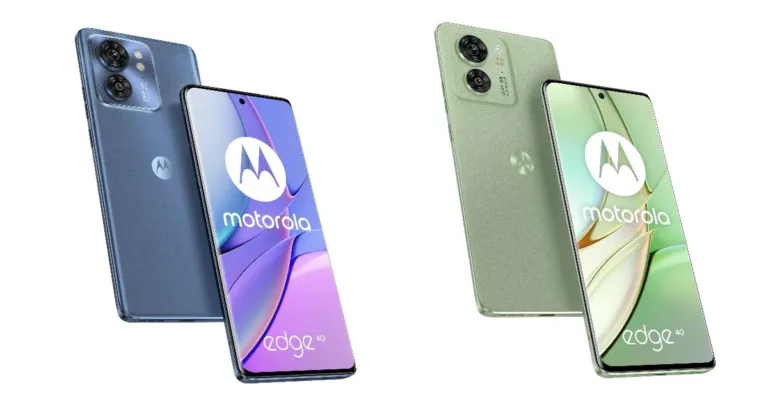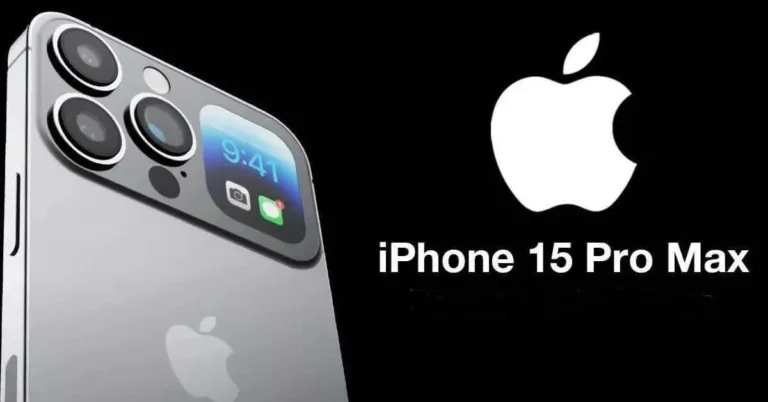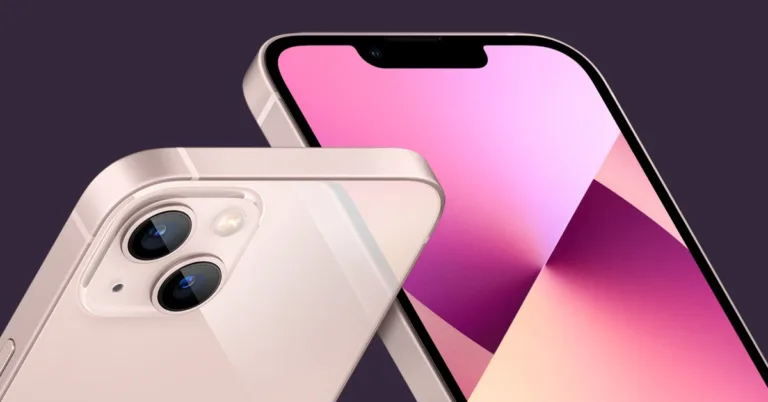A Comprehensive Guide on Choosing the Right Smartphone
Introduction How to Choosing the Right Smartphone:
In today’s digital era, smartphones have become an essential part of our lives. With a plethora of options available in the market, choosing the perfect smartphone can be overwhelming. Factors such as budget, specifications, features, and brand reputation play crucial roles in making the right decision. This guide aims to assist you in selecting a smartphone that suits your needs, by providing a detailed analysis of the key factors to consider during the selection process.
1. Define Your Needs:
Before embarking on the journey of choosing a smartphone, it is vital to determine your requirements. Ask yourself the following questions:
a) What is your budget range?
b) Which operating system do you prefer (iOS, Android, or others)?
c) What will be the primary use of the smartphone (calls, messaging, gaming, photography, etc.)?
d) Do you have any specific feature preferences (camera quality, battery life, storage capacity, etc.)?
2. Consider the Operating System:
The choice of operating system depends on personal preferences and ecosystem compatibility. iOS offers a seamless and secure environment with exclusive access to Apple’s App Store. On the other hand, Android provides more flexibility, customization options, and a wide range of devices to choose from. Research the features, user interface, and app availability for each operating system before making a decision.
3. Display and Size:
The display size and quality greatly impact the user experience. Larger screens are ideal for multimedia consumption and gaming, while compact sizes are more pocket-friendly. Consider factors such as resolution, pixel density, color accuracy, and aspect ratio. Additionally, prioritize devices with Gorilla Glass or similar protection for durability.
4. Performance and Processing Power:
The performance of a smartphone relies on the processor, RAM, and GPU. Higher processing power ensures smoother multitasking, faster app launches, and efficient gaming. Research benchmark scores and reviews to gauge the performance capabilities of the smartphone models you are considering.
5. Battery Life and Charging Options:
Battery life is a crucial factor, especially for heavy users. Look for devices with larger battery capacities (measured in milliampere-hours, or mAh) and energy-efficient processors. Fast charging and wireless charging capabilities can also be convenient features to have.
6. Camera Capabilities:
Smartphone cameras have become increasingly sophisticated, with multiple lenses, megapixel counts, and advanced image processing. Consider the camera specifications, including aperture size, optical image stabilization, low-light performance, and the presence of features like optical zoom, portrait mode, or night mode. Online reviews and sample photos can help gauge the camera quality.
7. Storage and Expandability:
Storage capacity determines how many apps, photos, videos, and files you can store on your device. Consider the available internal storage options (usually 32GB, 64GB, 128GB, or 256GB) and whether the phone supports expandable storage through microSD cards.
8. Connectivity and Network Compatibility:
Ensure that the smartphone supports the necessary connectivity options such as Wi-Fi, Bluetooth, NFC, and GPS. Additionally, check if the device is compatible with the network bands and technologies used by your mobile service provider to ensure optimal coverage and internet speeds.
9. Build Quality and Design:
The build quality determines the durability and aesthetics of the device. Choose smartphones with robust materials like aluminum or glass, which offer a premium feel and better protection against accidental drops. Consider the design aspects such as ergonomics, bezel size, placement of buttons, and overall aesthetics.
10. User Interface and Software:
The user interface (UI) and software experience significantly impact daily usage. Stock Android provides a clean and streamlined interface, while manufacturers often overlay their own custom UIs. Research the UI features, bloatware, and frequency of software updates. Stock Android devices generally receive faster and more consistent updates compared to customized UIs.
11. Brand Reputation and After-Sales Support:
Consider the reputation and track record of the smartphone brand. Established brands often provide better customer support, warranty services, and a more reliable user experience. Research customer reviews and ratings, as well as the brand’s reputation for software updates and security patches.
12. Price and Value for Money:
Set a budget range and compare prices of smartphones within that range. Evaluate the features, specifications, and overall value for money offered by each device. Sometimes, older models may offer similar features at a lower price point, making them a cost-effective choice.
13. Reviews and Recommendations:
Read expert reviews, user opinions, and recommendations from reputable sources. Online tech forums and websites provide valuable insights into the performance, durability, and overall user experience of different smartphone models.
14. Hands-On Experience:
Whenever possible, visit physical stores to get a hands-on experience with the smartphones you are considering. Test the user interface, camera performance, and overall feel of the device to make an informed decision.
15. Compare and Contrast:
Create a shortlist of the smartphones that meet your requirements and compare their specifications, features, and prices. Prioritize the factors that are most important to you and choose the device that best aligns with your needs.
16. Consider Future-proofing:
Technology evolves rapidly, and it’s essential to consider future-proofing your purchase. Look for smartphones with ample RAM, expandable storage options, and compatibility with the latest connectivity standards, such as 5G.
Conclusion:
Choosing the right smartphone requires careful consideration of various factors, including budget, operating system, display quality, performance, camera capabilities, storage options, and brand reputation. By defining your needs, conducting thorough research, reading reviews, and considering hands-on experiences, you can make an informed decision that meets your requirements and provides the best value for your investment. Remember to strike a balance between your desired features, budget constraints, and future-proofing considerations to select a smartphone that will enhance your digital experience for years to come.






